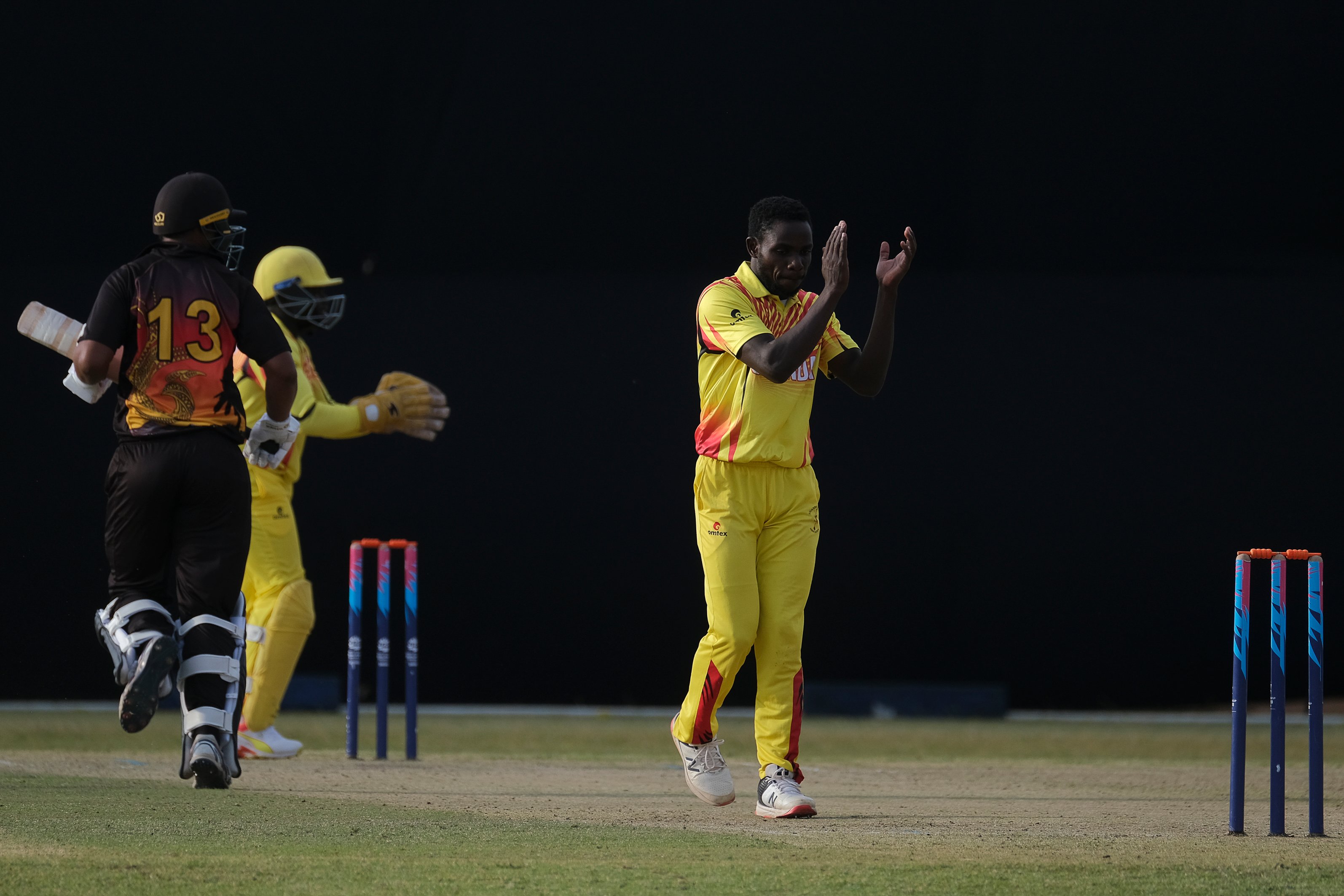Grim Bulawayo scorecard must prompt the Cricket Cranes to pick up the pieces

Robert Madoi
What you need to know:
- The fact that Uganda’s T20 average score is 130 speaks to a dearth of white-ball batters.
Even before a single ball was bowled in Zimbabwe, the Cricket Cranes backroom staff made scattered references to how Uganda would be punching above its weight. They quietly reminded us that the Twenty20 World Cup Qualifier would be a steep learning curve.
Lo and behold, difficult realities proceeded to intrude. The realities were terrifying in their controlled ferocity. The futility of combating them was clear after Uganda made heavy weather of chasing a small target against Hong Kong. The lopsided defeats suffered at the hands of Papua New Guinea and the Netherlands made the limits within which Cricket Cranes coaches must be prepared to work immediately recognisable.
From the susceptibility of a Cricket Cranes batsman getting out to an in-swinger to a general lack of batting firepower, the danger signs cannot be said to be latent. They always stick out like a sore thumb, to be honest. The fact that Uganda’s T20 average score is 130 speaks to a dearth of white-ball batters.
Particularly worrying is the poor scoring rate in the middle overs and the death overs. It’s clear that the Cricket Cranes have in recent times found sustenance in Simon Ssesazi’s exploits at the top of the innings. This tends to heap lots of pressure on the 26-year-old specialist bat’s shoulders.
All of this can of course be averted if Zephaniah Arinaitwe is brought into the team and Roger Mukasa is asked to keep wickets. Lamentably, the team that is in Bulawayo, Zimbabwe, cannot play the fearless cricket that T20 demands. Why? Because it has a 50 overs look about it! Put simply, it collapses (as indeed it has tended to do in Bulawayo – including during the hard-fought two-wicket win over Hong Kong) from its own contradictions.
The fact that the Cricket Cranes failed to pick all 10 wickets in their group encounters against Hong Kong, Papua New Guinea and the Netherlands is telling. The team has overly relied on Frank Nsubuga’s economical spells. It remains to be seen who will step in the wily forty-something’s spikes once he calls time on his international career.
Before the chastening experience in Bulawayo, most Cricket Cranes fans didn’t really think that much about the captaincy. Not anymore! The unfortunate episode that ended up with Brian Masaba being stricken and Kenneth Waiswa holding the fort has been a revelatory experience. It has just about underlined the importance of a captain. The quicksilver nature of T20 cricket further underscores the revolutionary nature of the position.
As Waiswa would tell you, a captain should never lose focus for a moment. Whilst the youngster’s shuffling of bowlers against Hong Kong was roundly applauded, the captaincy he displayed in the crushing defeat at the hands of Papua New Guinea showed how one can easily be seized by an unconquerable timidity. Waiswa’s instinctive, if ultimately naive, decisions saw the Cricket Cranes wither whilst attempting to defend a 160-plus target.
Eventually, the report card that Uganda will return with from Bulawayo after the placement matches have run their course might find it necessary to offer reassurances. The bitter truth though is that there is work to be done. Securing ODI status will help a great deal in tying up matches that can help the Cricket Cranes improve their white-ball craft.
So you could say that it’s not all doom and gloom. The almighty falls in Bulawayo were akin to those of a toddler learning the ropes of walking. Judicious calls around the balance of the T20 side have to be made regardless. Since T20 is the format that will help Ugandan cricket recruit hordes of new fans, quiet introspection of the Bulawayo scorecard is needed. Short of that, the toddler will be condemned to crawling. Indefinitely
Email: [email protected]
Twitter: @robertmadoi




